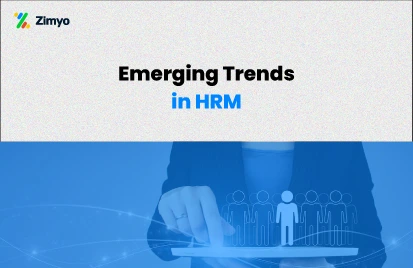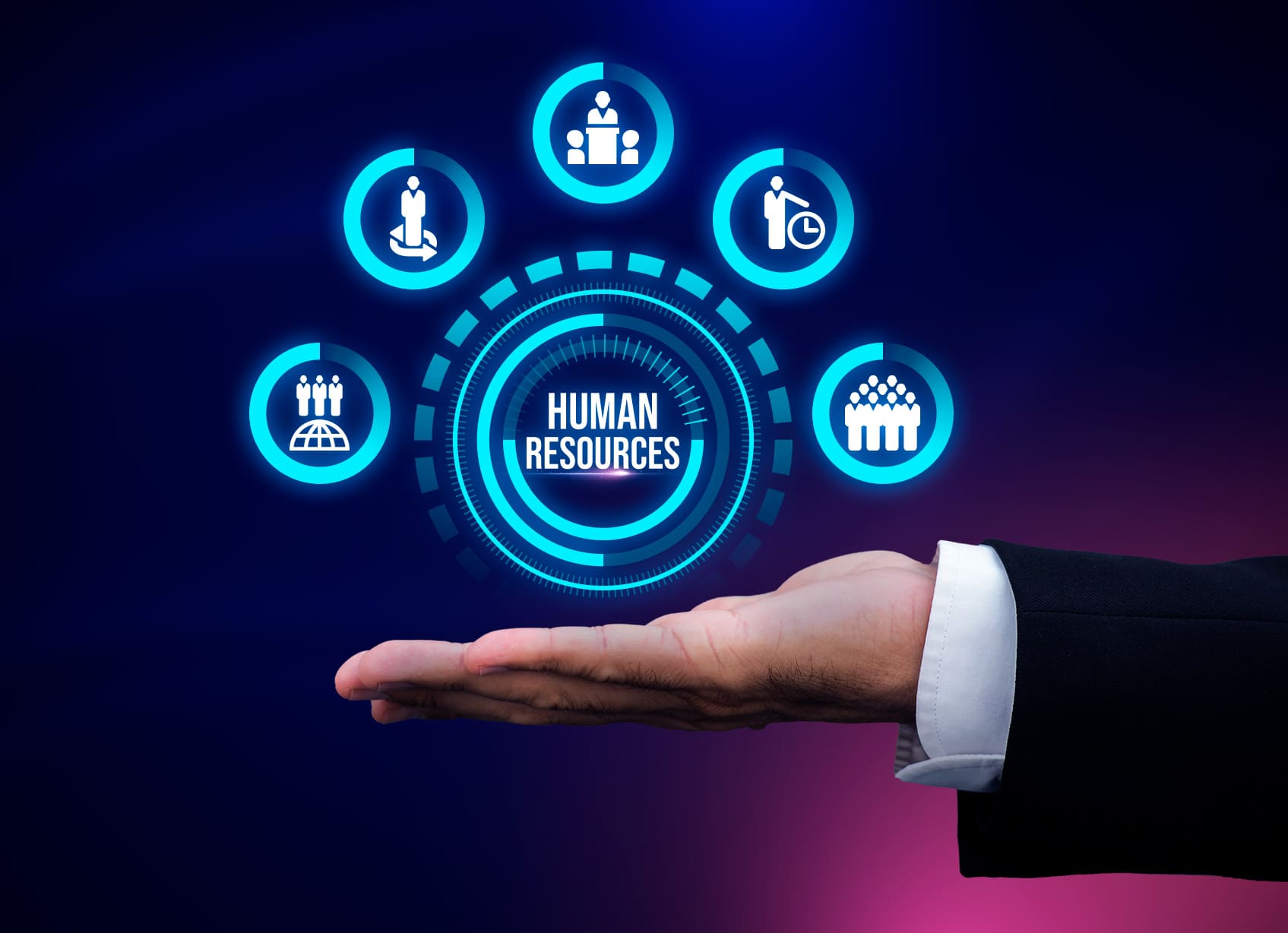Every organization store and manage information related to their employees in software called employee database management system. It contains all the required information related to an employee in their respective profiles. Data stored could be their personal information, attendance, performance history, expenses, timesheets, relieving letter, clock-in times, holidays, ID proofs, etc. Modern Employee database software is DIY or self-service based In which employees can add their data themselves. It not only minimizes the chances of error, but it also saves a lot of time in the HR department.
Common features of Employee Database Management System
Storage of HR data
You can upload all the HR related documents such as offer letters, relieving letters, ID proofs, passports, licenses, etc. in an easily accessible and secure cloud-based database.
Employee tracking
HR professionals can track employee work and performance history in a centralized database. From onboarding to retiring every job responsibilities and appraisals an employee has taken can be tracked in a systematical and hassle-free way.
Messaging
Employee data management system allows you to communicate with your team and managers in realtime. Teams can collaboratively work on projects.
Custom fields
HR professionals can create their own set of fields to store data customized to their organization’s needs.
Integration with HRMS tools
The database management system integrates with other HRMS tools such as Payroll software, application tracking system (ATS), performance management system, etc. Information related to employees gets sync automatically which reduces a lot of manual effort.
ESS
ESS or employee self-service is one of the key features of modern HRMS software. In simple words, ESS is a system where employees are given access to add and edit their information. Employees can apply for requests related to leave and expense and whereas managers can approve/reject leave requests and reimbursement requests through their portal. In saas based HR platforms, mostly it is a small feature of a part of a large module called human capital management (HCM) or enterprise resource planning (ERP).
- Attendance and leave: Employees can request for attendance, leave.
- Web clock-in: Employees can punch-in and out from their intuitive app and web portals. Can apply for regularization in case of missed clock-in. This reduces the irregularities of late punch-ins.
- Time-Tracking: employees can create and update their tasks and timelines.
- Access to personal information: Employees can add and edit their personal information at their fingertips.
- Communication: Bridges the communication gap and allows employees to reach out to their peers and managers in real-time.
- Reports: Employees can view their salary and tax slips for any month.
- Payroll regularization: Employees can submit their declaration and compliance.
- Reimbursement claims: Employees can claim various expense requests like fuel, LTA, phone, medical, travel, etc.
- Declare Flexi: Can submit their Flexi declarations.
Benefits of employee database management system
Reduced workload on HR
Most database management system comes with employee self-service. Which allows employees to add and edit their data. Empowering employees to do this reduces the chances of mistakes and workload on HR. Though HR professionals know it is more efficient than adding data manually themselves but they also want to control who can access sensitive company data. Custom access level allows giving an employee permission to have command over data under their purview while limiting access to sensitive company information. It speeds up data updating and onboarding process.
Data- driven decisions
The employee data system provides all the required information at the fingertips. You can customize which information you want according to your organization’s requirements and culture. The most important function of the employee database is managing reports and people analytics. The system not only provides the information it also generates instant beautiful reports with reporting tools, so you can analyze the data and make better strategic decisions. You can generate a variety of employee analytics which will help in better decisions backed by accurate data analytics. The system with all the information available in analytics will give management confidence to move forward with data-driven decisions rather than guesswork.
Better accessibility with centralized data
Software’s centralized data allows organizations to manage all of their data from a central point. Tracking records are sometimes very tiring task for HR professionals. It’s not easy to manage data when it is dispersed across so many places but with the employee database management system you have all the access to your from a single place. It moves all your data from excel sheets and a pile of papers to a single system, which is available all time at your fingertips.
Ethical storage of data
The employee database management system gives exclusive excess to employees’ data based on their designation and responsibilities. Employee data is hard to make anonymous so, it needs to be secure and accessible for the only concerned persons. In addition to that database is stored in a cloud-based server which is far more secure than traditional hard drives and a pile of paper files in the office.







